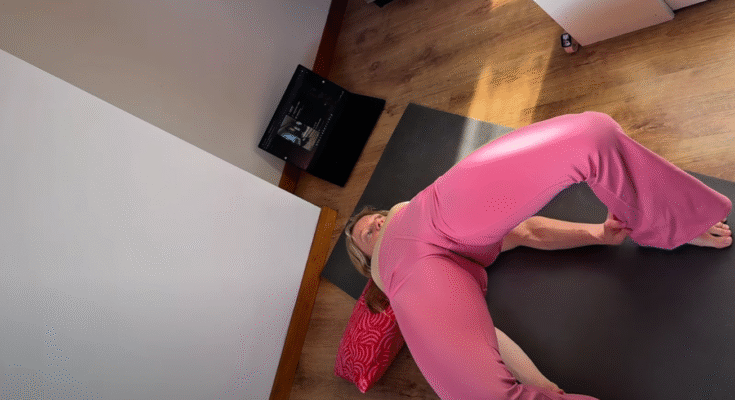Stretching at home is one of the simplest and most effective ways to improve flexibility, reduce stress, and support overall physical health. With no special equipment needed, stretching can easily become part of your daily routine, whether you’re starting your day, taking a break from work, or winding down before bed.

One of the biggest advantages of stretching at home is the convenience. You don’t need a gym membership or a personal trainer to reap the benefits. A quiet corner in your living room, bedroom, or even kitchen floor can serve as your personal stretching space. You can wear anything comfortable and stretch at your own pace without feeling rushed or self-conscious.
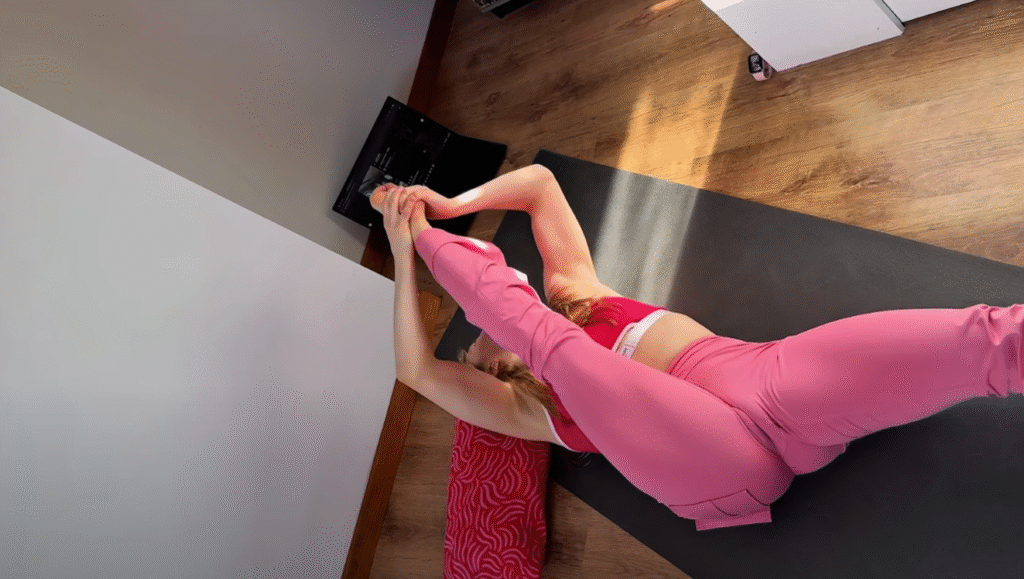
Stretching helps loosen tight muscles, improve posture, and increase blood circulation. It can be especially helpful if you spend a lot of time sitting at a desk or looking down at a phone. Gentle stretches can relieve tension in your neck, shoulders, back, and hips. Over time, stretching regularly can help prevent injuries, especially if you are active in sports or fitness activities.
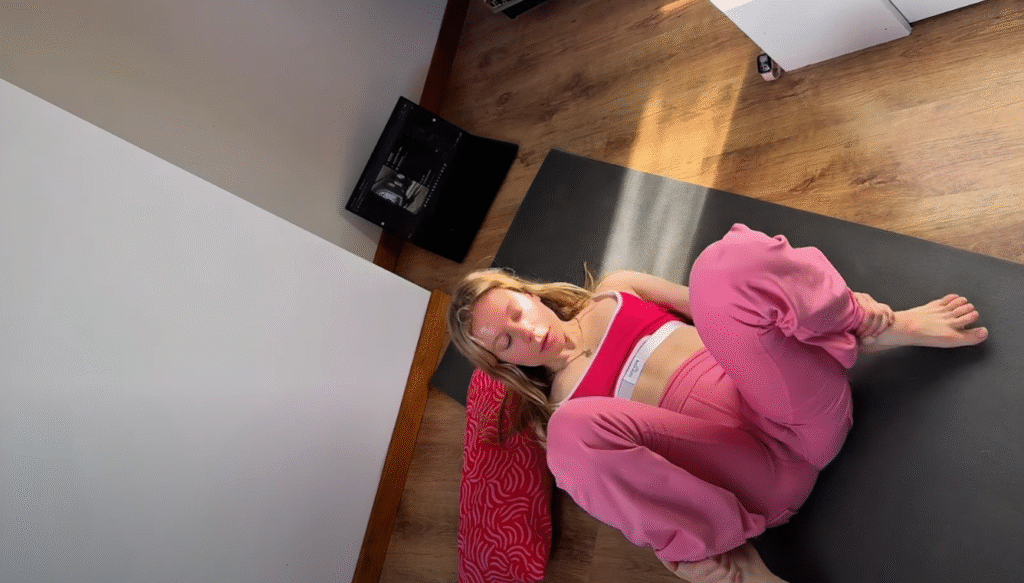
A simple home stretching routine might include movements like neck rolls, shoulder shrugs, arm circles, side bends, and gentle forward folds. For your lower body, you can try seated hamstring stretches, quad stretches, or hip openers like the butterfly pose. If you have a yoga mat, it can make the surface more comfortable, but even a carpeted floor will do.
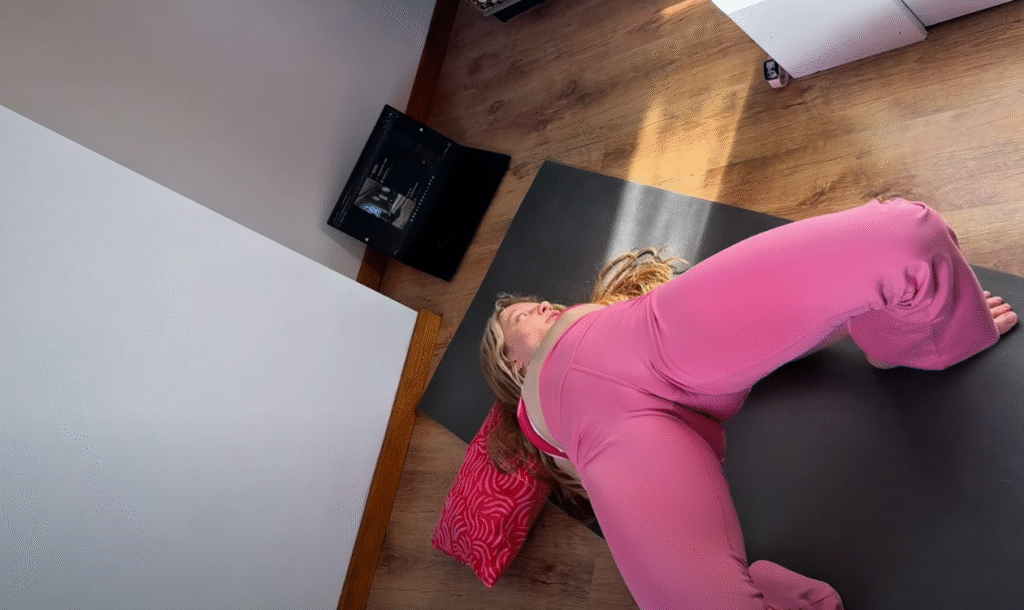
To get the most out of stretching at home, it’s important to listen to your body. Never force a stretch or bounce into a position. Hold each stretch for about 15–30 seconds and breathe deeply. Stretching should feel good — not painful. As your flexibility improves, you may notice a greater range of motion and better ease in daily movements.
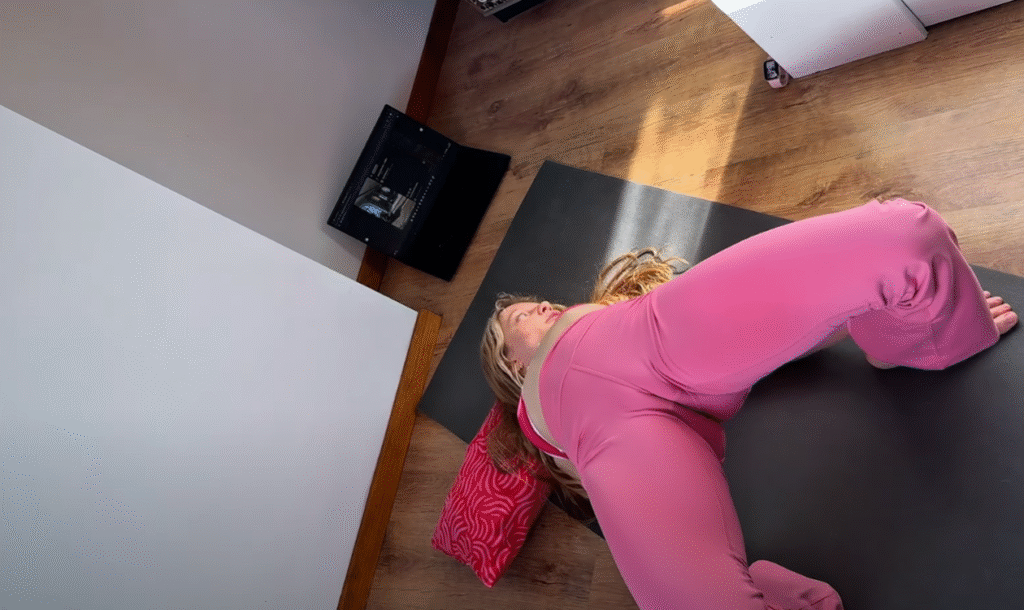
Creating a habit is key. Even just five to ten minutes of stretching each day can make a big difference over time. Try stretching in the morning to wake up your muscles or in the evening to relax after a long day. You can also stretch during short breaks from your computer or while watching TV.
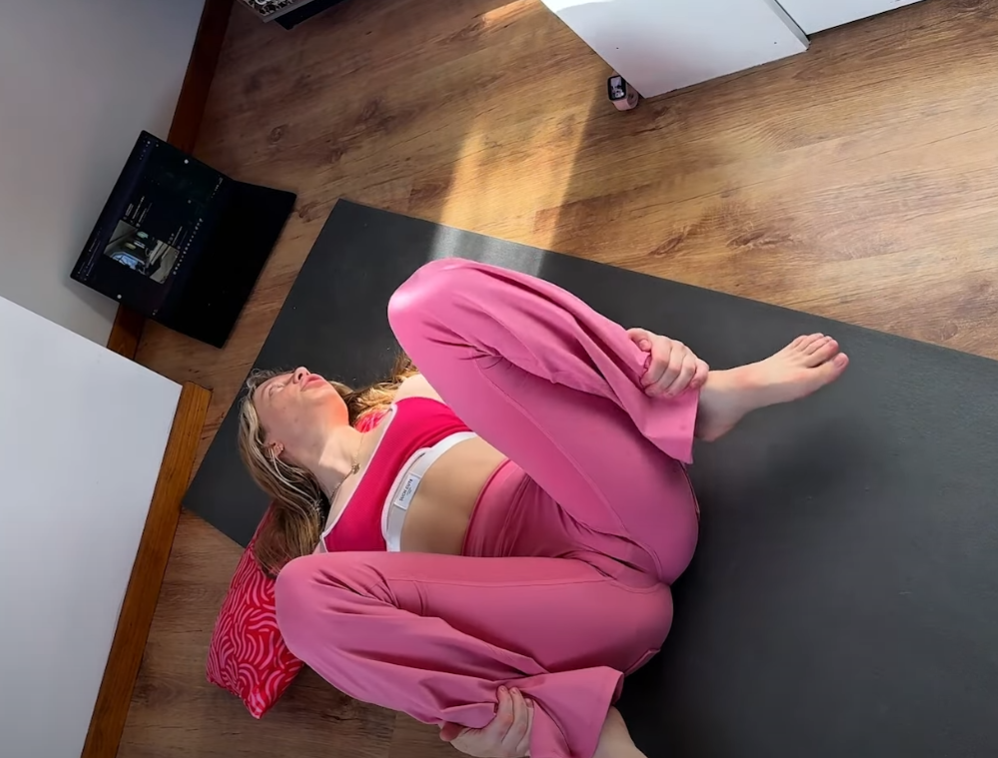
For added motivation, you can follow along with online videos or mobile apps that guide you through short stretching routines. Some videos focus on certain areas, like back pain relief or flexibility for runners, while others offer full-body sessions. Choose what feels right for you and mix it up to keep it interesting.
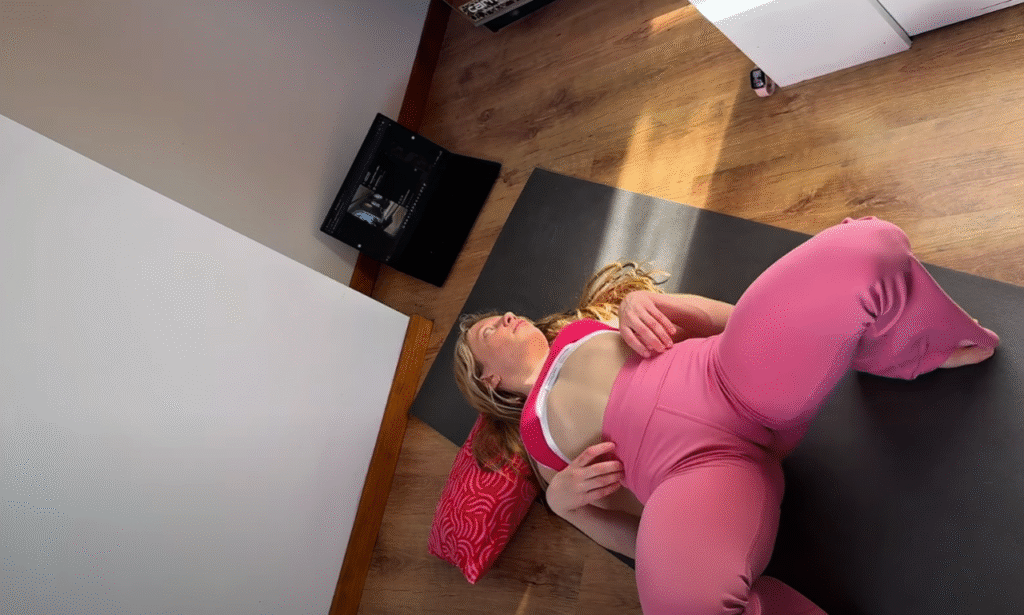

Stretching at home is more than just a physical activity — it’s a way to care for your body and mind. It brings a sense of calm, helps release built-up tension, and gives you a moment to pause and reconnect with yourself. Whether you’re young or old, active or sedentary, stretching is a practice that anyone can benefit from.
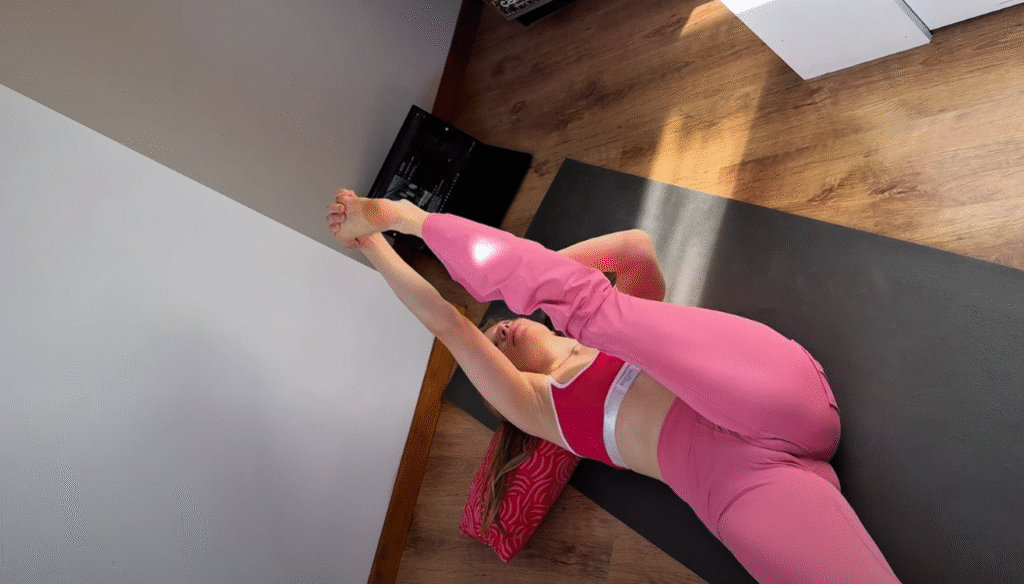

Start today. Find a comfortable spot, take a deep breath, and stretch your way to better health — right in the comfort of your own home.
